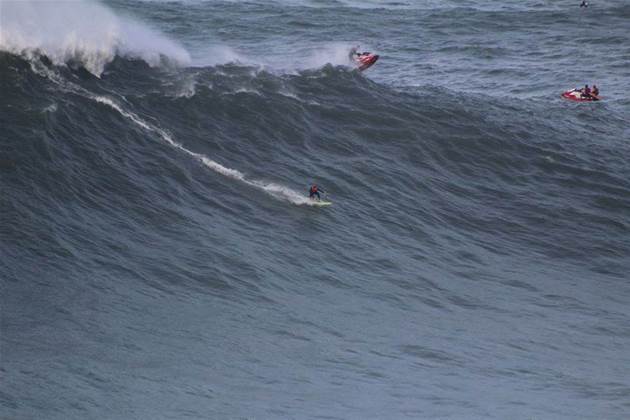Co-directors of the Natural Hazards Research Laboratory and Australian Tsunami Research Centre at UNSW's school of Biological, Earth and Environmental Sciences, Dale Dominey-Howes and James Goff, have released a research paper [PDF] calling for the creation of longer-term palaeotsunami records for the Hawaiian islands.

The researchers have applied to the Australian Research Council to fund the three-year project due to begin in January 2010.
But Dominey-Howes told iTnews the research centre is also keen for involvement from the major telcos, cable operators and other interested parties.
"We would certainly welcome partnership with the big telcos to explore the risk the industry faces more thoroughly," he said.
"Telcos have already laid expensive cables through this area and they obviously have a risk assessment and management process already, but scientists are only now getting a better understanding of the tsunami hazards in certain areas.
"We can assist [telcos] in the risk assessment and risk management process."
Current tsunami records for Hawaii start at 1811. The last significant event in 1975 occurred before the submarine cables that serve Australia were laid.
"We have little idea of the threat to Australia's critical telecommunications infrastructure from tsunami and tsunami-related hazards," the research paper says.
"We need to understand and assess the ‘record' of past events better in order to begin to be able to evaluate the risk.
"How often do tsunami impact Hawaii and how big can they be? In order to answer these questions, we must be able to identify and date the geological records of modern and palaeotsunami in Hawaii.
"A longer-term palaeotsunami record for Hawaii would provide the opportunity to more realistically evaluate recurrence intervals and assess the probability of future events."
Dominey-Howes said defined a longer-term view as anywhere up to 5,000 years. "That would begin to tell us something about the frequency return periods for tsunami," he said.
He warned that future tsunami events in the region could be larger than the one generated by the Indian Ocean earthquake of 2004, and that events of this nature could be "surprisingly common" - but research is needed to get a better understanding of the frequency of such events.
Fibre optic cables carry approximately 99 per cent of Australia's international voice and data traffic, according to the research paper citing sources. Use of international bandwidth has also tripled since 2004.
Dominey-Howes hopes that, if the centre is successful in securing funding, the research can be expanded to produce similar risk assessments for other global submarine "bottlenecks" such as the Mediterranean Sea, Egypt, India and Guam.
"It could be the start of a snowballing exercise," Dominey-Howes said.




.png&h=140&w=231&c=1&s=0)






 iTnews Executive Retreat - Security Leaders Edition
iTnews Executive Retreat - Security Leaders Edition












_(1).jpg&h=140&w=231&c=1&s=0)



